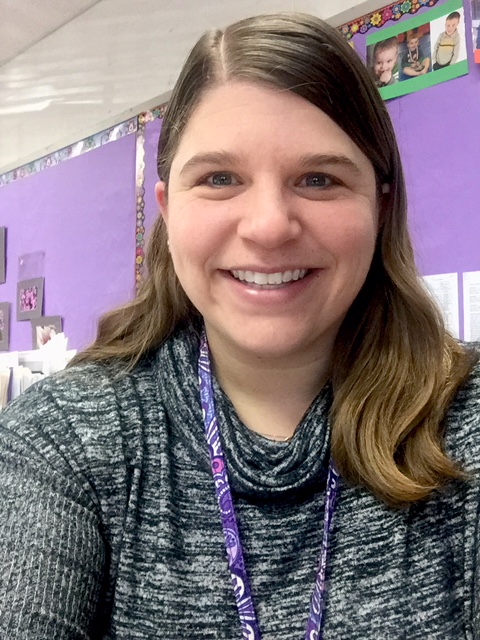How It's Done: Using Digital Math Tools To Increase Student Achievement
Digital math tools and new curriculum create math success for K-5 students in Connecticut


Who: Susan Dalka, K-6 Math Coach
Where: Thomaston Public Schools, Thomaston, Connecticut
Connecticut uses Smarter Balanced assessment for the annual state testing as it aligns with our state standards.
We had previously used another assessment program to measure growth and prepare students for the state tests. Although it gave us a data point, the information was not being utilized very well other than as a rough benchmark. We felt that we needed more than just content; we needed math practices, such as problem-solving and reasoning because these skills are part of what is assessed on the state tests and are critical for success in the 21st century. We needed a program that would support instruction, learning, and readiness for those math practices on the state assessment, and we wanted a program that would engage students in developing those skills collaboratively.
We chose Ready Classroom Mathematics as our core math program because it supports our teachers and students in learning these skills. We use i-Ready Assessment to provide ongoing and actionable data to teachers to impact instruction. Students are also using the digital tools that go with Ready Classroom Mathematics. The diagnostic suggests specific, teacher-taught lessons. We didn’t add the adaptive math piece because we wanted students to engage in the classroom discourse part of the program. We may add that down the road, but right now we want our students to learn how to strategize and work collaboratively.
The instructional routine of Ready Classroom Mathematics is focused on problem-solving and discourse. We ask students to try to problem solve with a range of different strategies and to talk about what they’re doing as they develop math skills and critical thinking. For us, this was the best way for students to learn these necessary skills.
Early Results Show Positive Student Outcomes
This is our first year with the full package of tools and technology in our math program. However, while we were ramping up last year, we saw early progress in Smarter Balanced Assessment scores compared to previous years. Each student has a target growth goal for the year. In past years, our growth goal hovered around 62% of our growth target, which is the state average. But last year, we achieved 67.7% of our growth goal target at the elementary level. Those five points are important to us. It is evidence that we’re moving in the right direction.
Tools and ideas to transform education. Sign up below.
Data from the i-Ready diagnostic this year shows that at mid-year, 26% of our K–5 students have already met their end-of-year growth goal. Six percent have made their stretch goal, which is significant as this goal closed achievement gaps and students have the remainder of the school year to meet their target and stretch goals.
Our teachers are thrilled to have data that is directly linked to what they’re teaching and that they can easily understand. Even though it is a shift from the way we were teaching before, our new programs seem more teacher- and student-friendly. Teachers also feel more supported in helping students reach new levels of learning.
Our intention was to shift our instructional practice to better help our students meet the full demands of the math standards and prepare them for their future. We aligned our math instruction and assessments with the state assessment that also addresses those same standards and skills.
It is exciting to see our new problem-solving math strategy having such a positive impact on our students.
Technology Used
Annie Galvin Teich has more than 25 years' experience in education writing and publishing. She is an edtech industry expert in content marketing and copywriting. As a regular contributor to Tech & Learning she focuses on the information needs of district decision makers.
